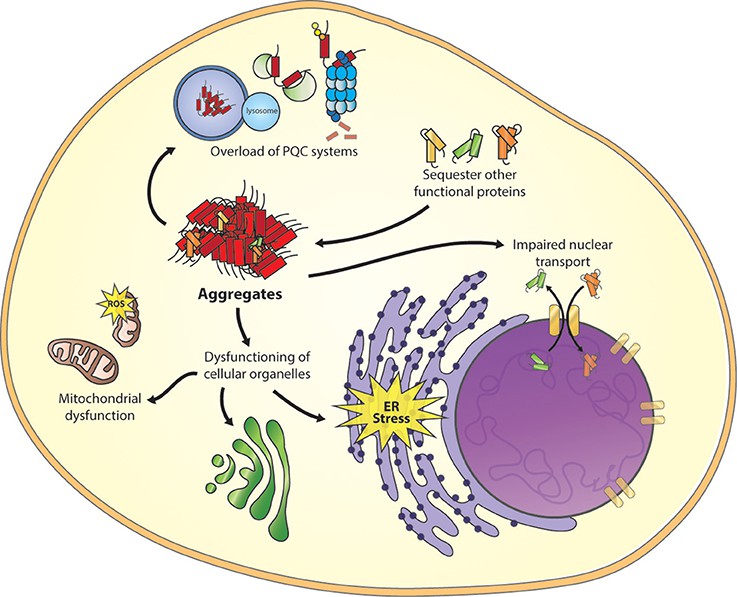Neurological diseases are a major burden on global health systems at the individual, public health, and societal levels. The prevalence of degenerative neurological diseases such as Parkinson's disease (PD) and Alzheimer's disease (AD) is increasing. The development of neurodegenerative disease models, both cellular and animal, plays a crucial role in the discovery of potential pathogenic and molecular mechanisms of disease. It also assesses the potential efficacy of therapeutic interventions and the preliminary risk assessment of drug candidates. In contrast to traditional disease modeling approaches, pathogenesis induced by pre-formed fibrils (PFFs) is not dependent on gene editing, chemical or physical damage and can better mimic naturally occurring pathological conditions and processes, making PFFs a promising new disease modeling tool.
Creative Diagnostics offers a wide range of active pre-formed fibrils (PFFs) that can provide a powerful tool for neurodegenerative disease study. This will provide the basis for more effective treatments.
 Fig 1. Neurodegenerative disease study
Fig 1. Neurodegenerative disease study
Background on Preformed Precursor Fibres (PFFs)
Protein aggregation is a key pathological feature of neurodegenerative diseases such as Alzheimer's disease (AD), Parkinson's disease (PD), and Amyotrophic Lateral Sclerosis (ALS). In pathological states, proteins such as tau, amyloid beta, and alpha-synuclein undergo conformational changes and then aggregate to produce 'seeds' with the ability to spread, inducing endogenous protein misfolding and aggregation, which propagate between neurons by intercellular transmission, with protein aggregates evolving into fibrillogenic and insoluble fibrils, eventually leading to protein deposits and tangles. Pre-formed fibrils (PFFs), i.e. fibrillar proteins prepared in vitro that have such "seed" activity and are capable of continuously recruiting soluble abnormal proteins to form aggregates, are promising novel tools for modeling disease.
 Fig. 2 Toxic mechanism of misfolded proteins. (Stroo E, et al., 2017)
Fig. 2 Toxic mechanism of misfolded proteins. (Stroo E, et al., 2017)
Products of Preformed Precursor Fibres (PFFs)
Creative Diagnostics offers several types of preformed protofibril products. We provide modeling tools to better study neurodegenerative diseases and facilitate your experimental research. Our product types include, but are not limited to, those listed below:
Preparation of Prefabricated Protofibrills (PFFs)
We generally prepare PFFs by shaking at room temperature or by inducing individual pathological proteins with a certain concentration of heparin.
Quality control of PFFs and their preparation prior to use is critical to the success of the experiment: The key to the successful preparation of PFFs is the use of high-quality monomeric proteins of high purity, concentration, and correct conformation; also, as the application scenario for PFFs is cellular and animal experimentation, control of endotoxin is an important factor in the outcome of PFFs experiments; Before using PFFs, we usually treat them with ultrasound to a length of 50 nm or less to ensure the activity of the PFFs recruitment monomer and to facilitate the endocytosis of PFFs by cells.
The Advantages of Our Prefabricated Protofibrills (PFFs)
Induction by high-quality monomers: high purity for better PFF formation and induction activity.
- Small monomer endotoxin, suitable for all cell types and animal experiments.
- Comprehensive verification of PFF aggregation pattern and activity by electron microscopy and TFT fluorescence assay.
- More personalized products and services to meet the different needs of in vivo and in vitro experiments.
- More stable supply and batch-to-batch stability, strict quality control, and high cost-effectiveness.
Reference
- Stroo E, et al. Cellular regulation of amyloid formation in aging and disease. Front Neurosci. 2017; 11: 64.